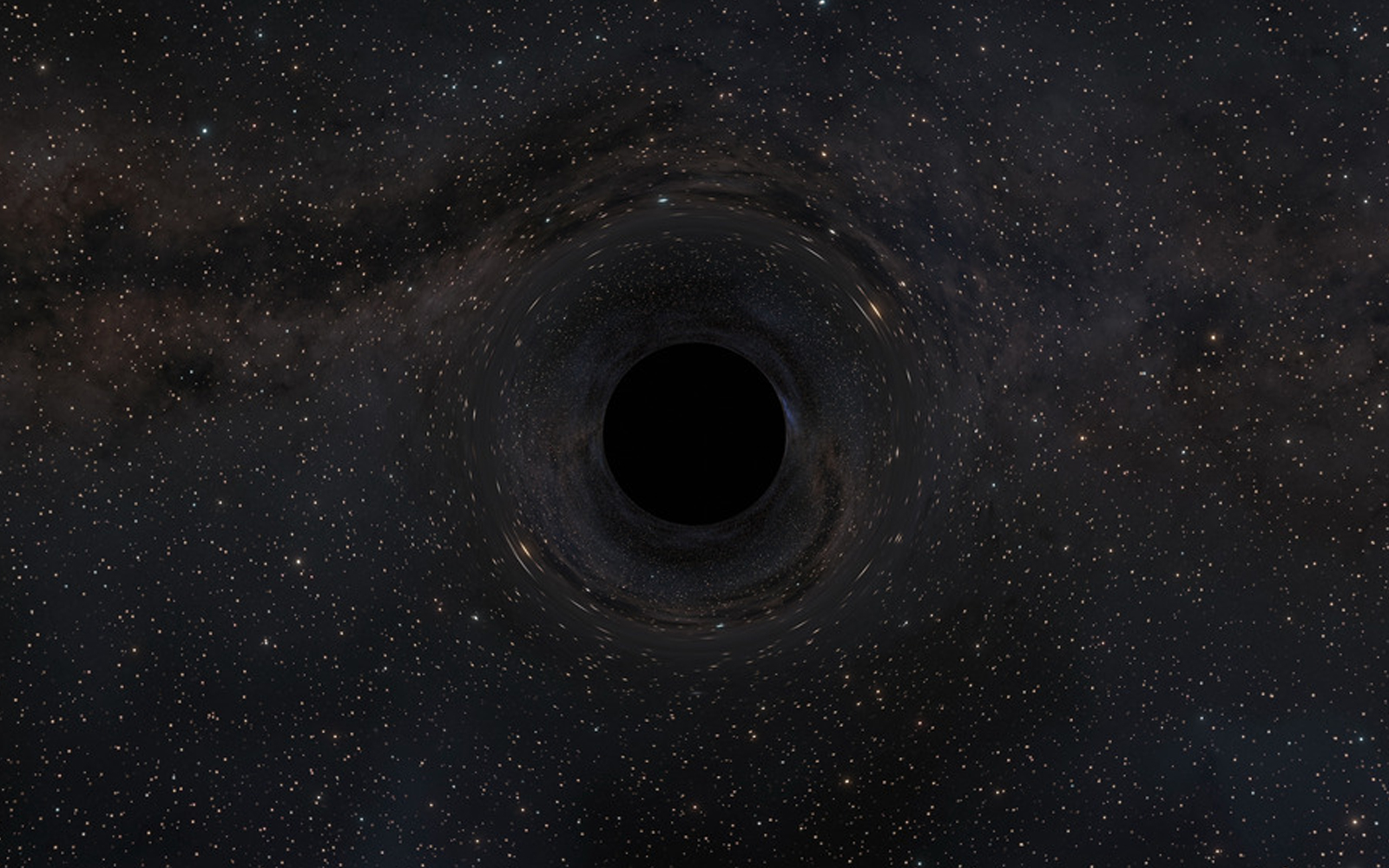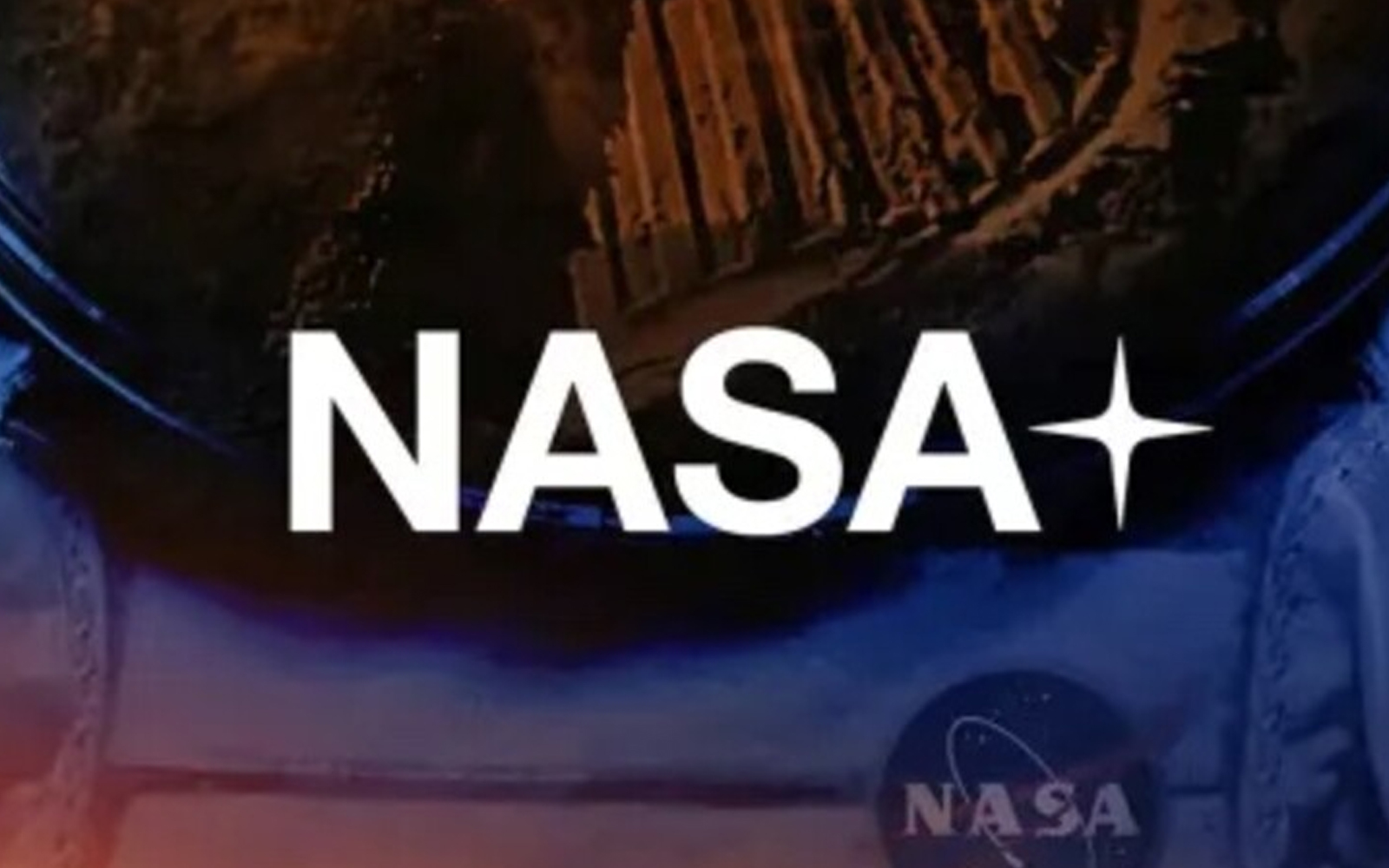
The James Webb Space Telescope (JWST) recently revealed a surprising number of supermassive black holes (SBHs) in the early universe, far earlier than previously expected.
Scientists now know that just a few million years after the Big Bang, the cosmos already held many of these massive objects, raising questions about how they grew so quickly.
In an interview with LiveScience, astrophysicist Sophie Koudmani discusses the role of supermassive black holes and why they’re crucial for galaxies. Radiation from SBHs influences the entire galaxy around them, usually positioning them at the center—such as Sagittarius A*, the supermassive black hole at the core of our Milky Way.
Our Galaxies Owe Their Shape to Black Holes
Koudmani explains that these galactic centers are essential for the formation of spiral galaxies. Their gravitational effects and ability to balance the ratio of stars to gas and dust without rapidly consuming them helps create stable, structured galaxies. Yet, JWST’s discovery of so many SBHs in the young universe surprised experts.
Koudmani’s research on smaller galaxies has become unexpectedly relevant with the discovery of SBHs in even these smaller systems in the early universe. She suggests that the rapid growth of early black holes could be due to weaker cosmic expansion, allowing SBHs to form from exceptionally dense streams of matter.
In this early era, black holes and emerging stars competed for matter, with black holes often winning—more frequently than in the later universe. Observations even suggest that these SBHs may have formed faster than the galaxies that contain them.


